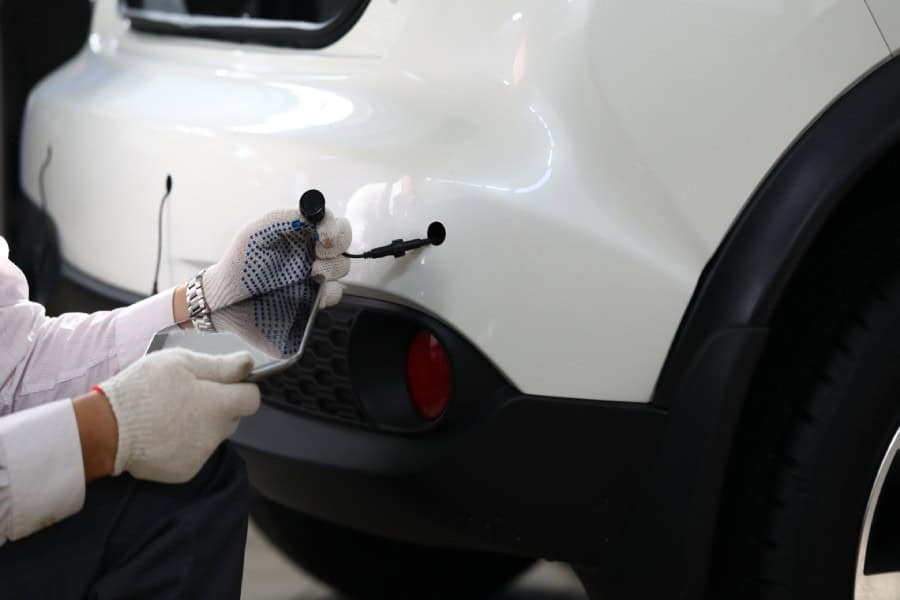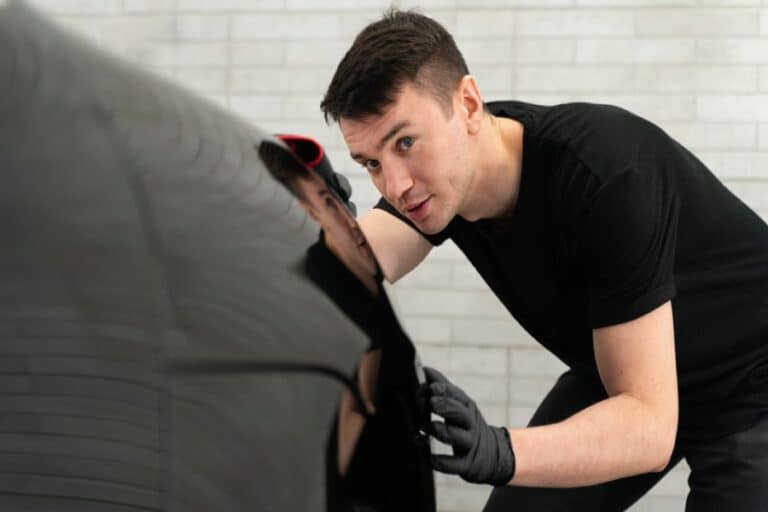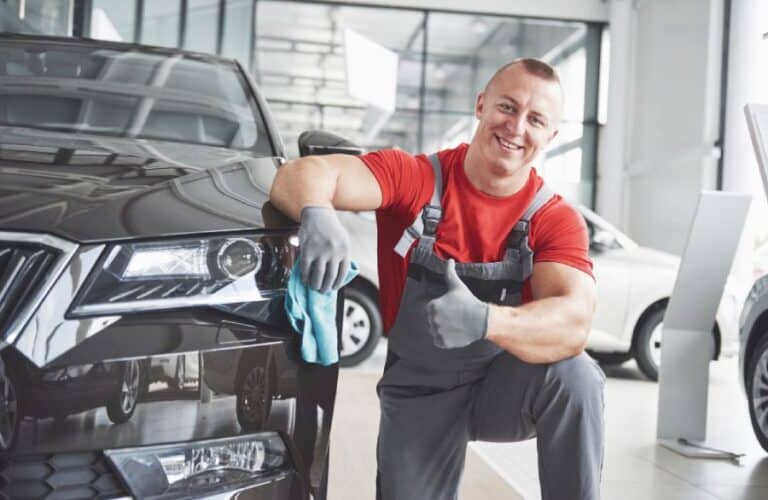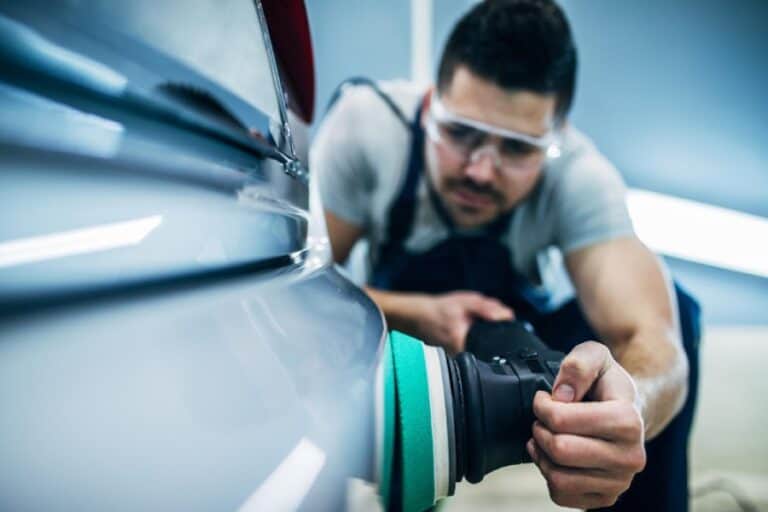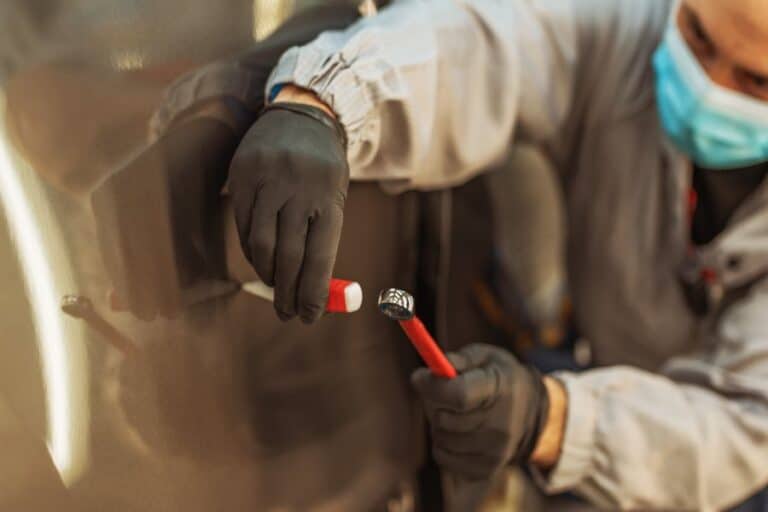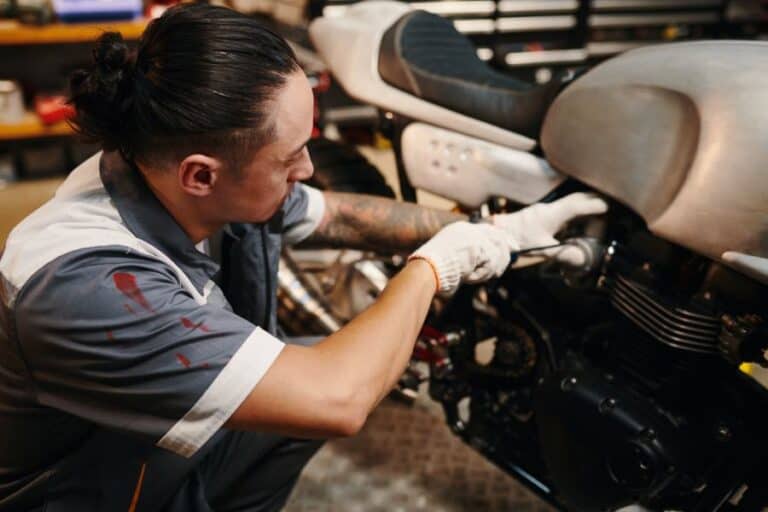From Dents To Flawless: The Process Of Professional Hail Damage Repair
Hail can cause significant damage to cars, leaving them riddled with dents and transforming a previously flawless vehicle into a battered version of itself. Although the extent of this damage can be intimidating, there are expert hail damage repair services that focus on bringing these cars back to their original glory. Repairing hail damage demands skill, specialized equipment, and careful attention to detail to effectively address each dent.
Assessment and Estimation
The initial phase of repairing hail damage on a vehicle involves a comprehensive evaluation of the extent of the harm. Experts will examine the car’s exterior, searching for dents that vary in size and position, since hail can affect several areas such as the roof, hood, trunk, and doors. To ensure that even the tiniest imperfections are detected—those that may not be easily visible—technicians frequently utilize specialized lighting and equipment during their assessment.
After assessing the complete scope of the damage, the technician will offer a comprehensive estimate outlining both the repair expenses and the expected duration for completion. In cases where insurance claims are applicable, specialists can collaborate with insurance adjusters to supply essential documentation, such as photographs and a detailed inventory of affected areas, facilitating an efficient claims process.
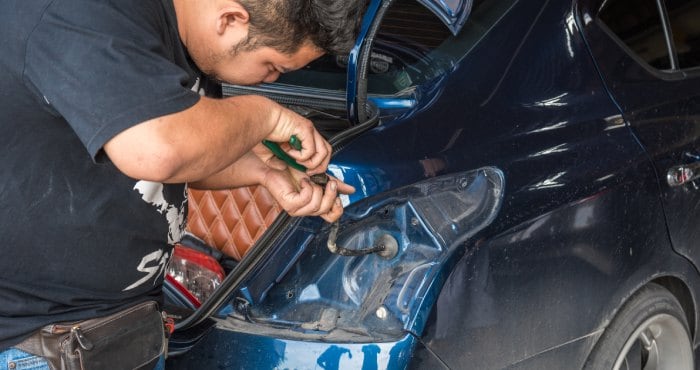
Selection of Repair Techniques
Paintless Dent Repair (PDR):
Paintless Dent Repair (PDR) is the ideal choice for addressing minor to moderate dents, particularly when the vehicle’s paint remains intact. This process entails delicately manipulating and reforming the metal to restore its original shape without requiring any repainting. PDR is a less intrusive option, preserves the car’s factory finish, and is generally more affordable compared to conventional repair methods.
Traditional Dent Repair:
In instances of significant dents or when the paint is compromised, technicians might resort to conventional repair methods. This approach involves filling in the dents, sanding down the surface, and repainting the area to restore its original color. Although this method is more labor-intensive, it is crucial for addressing substantial damage that cannot be fixed through paintless dent repair (PDR).
Paintless Dent Repair Process
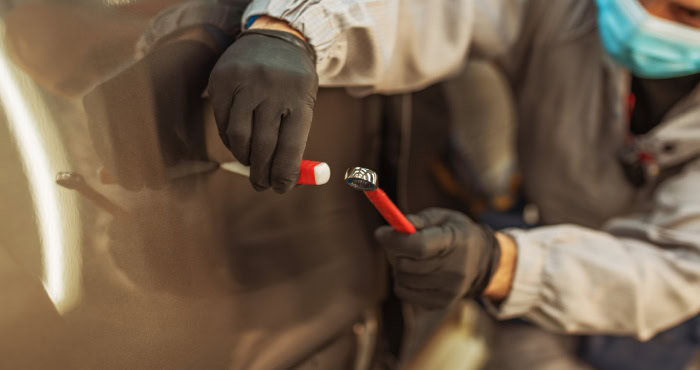
Accessing the Dent:
Initially, technicians assess the most effective method to reach the rear side of the dent. This process might require taking off interior panels, headlights, or possibly taillights. After gaining a clear perspective of the dent from behind, they can start the repair work.
Specialized Tools and Techniques:
The technician employs various specialized instruments such as rods, bars, and picks to meticulously manipulate the dent from the rear, restoring it to its initial form. This process demands considerable skill and patience since mishandling could lead to additional damage or cracking of the paint.
Continuous Quality Checks:
During the procedure, the technician regularly inspects the results using specialized lighting to confirm that the dent is being removed completely, without any flaws or unevenness on the surface. When done properly, paintless dent repair (PDR) should make it seem as if the dent was never there in the first place.
Traditional Dent Repair and Repainting
In cases of significant dents or paint damage, technicians turn to conventional dent repair techniques. This method requires a series of extra procedures:
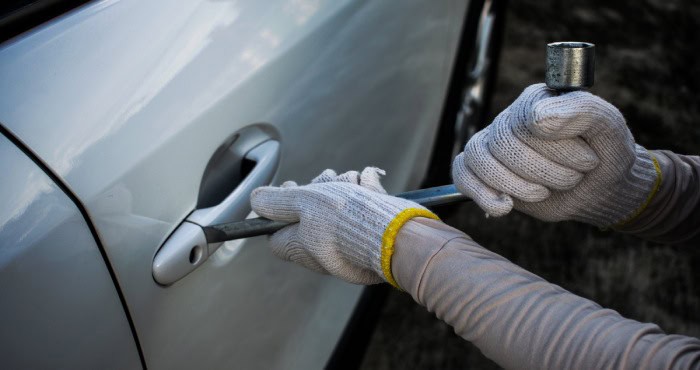
- Filling the Dent: When dealing with deep dents that cannot be popped out, a substance like body filler is used to smooth the surface.
- Sanding and Smoothing: After the filler has fully dried, it is meticulously sanded to achieve a sleek and uniform surface that aligns with the car’s shape. This process is essential for obtaining a perfect, professional appearance.
- Repainting: Once the sanding process is complete, the surface is prepared with a primer, coated in paint that closely resembles the original hue, and then sealed with a clear finish to enhance its durability and luster. Achieving an exact color match necessitates expertise and familiarity with the vehicle’s specific paint code.
- Quality Control: To achieve an impeccable match and flawless appearance, the vehicle undergoes inspections in various lighting environments. Experts examine it for any discrepancies in color or texture, making certain that the repaired section harmonizes effortlessly with the surrounding areas of the car.
Final Inspection and Detailing
Prior to the vehicle being handed back to the customer, it is subjected to a thorough final check to confirm the quality of the repairs. This assessment usually takes place under different lighting scenarios to ensure that any dents have been detected and that there are no lingering flaws.
Often, the car undergoes a thorough professional detailing process that might involve washing, polishing, and waxing. This not only ensures that the repaired sections match the rest of the vehicle seamlessly but also gives it a pristine, showroom-like appearance.
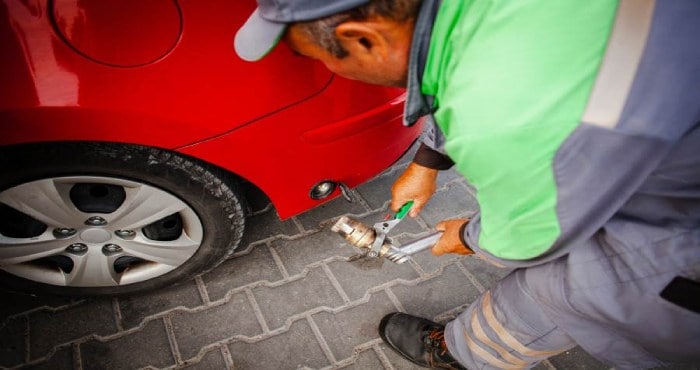
Benefits of Professional Hail Damage Repair
There are numerous benefits to opting for expert hail damage repair that make it a valuable choice for car owners.
- Maintains Resale Value: Dents and flaws can lower the resale price of a car. By getting them fixed correctly, you can preserve the vehicle’s market worth, making sure it continues to be a wise investment.
- Preserves Original Paint: Utilizing PDR ensures that the vehicle’s factory paint stays intact, maintaining its aesthetic and potentially preventing problems linked to repainting, like color discrepancies.
- Insurance Claim Assistance: Numerous auto repair shops help facilitate insurance claims by collaborating directly with adjusters to guarantee that all hail damage is accounted for. This approach simplifies the process, providing greater ease for vehicle owners.
- Environmentally Friendly: PDR is a more eco-friendly alternative to conventional techniques since it eliminates the need for paint and chemicals, thereby lessening its environmental footprint.
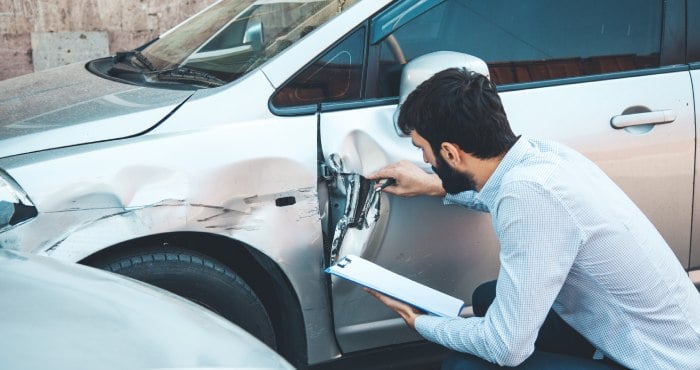
Hail damage doesn’t have to be a lasting blemish on your vehicle. Thanks to expert hail damage repair, your car can be returned to its pristine state. For minor dents, Paintless Dent Repair is an effective option, while more extensive damage may require traditional techniques.
Experienced technicians employ a variety of specialized tools and methods to deliver impeccable results. Choosing a reputable hail damage repair service not only maintains your car’s worth but also guarantees a swift, eco-friendly, and professional restoration process, so you can confidently hit the road again.

